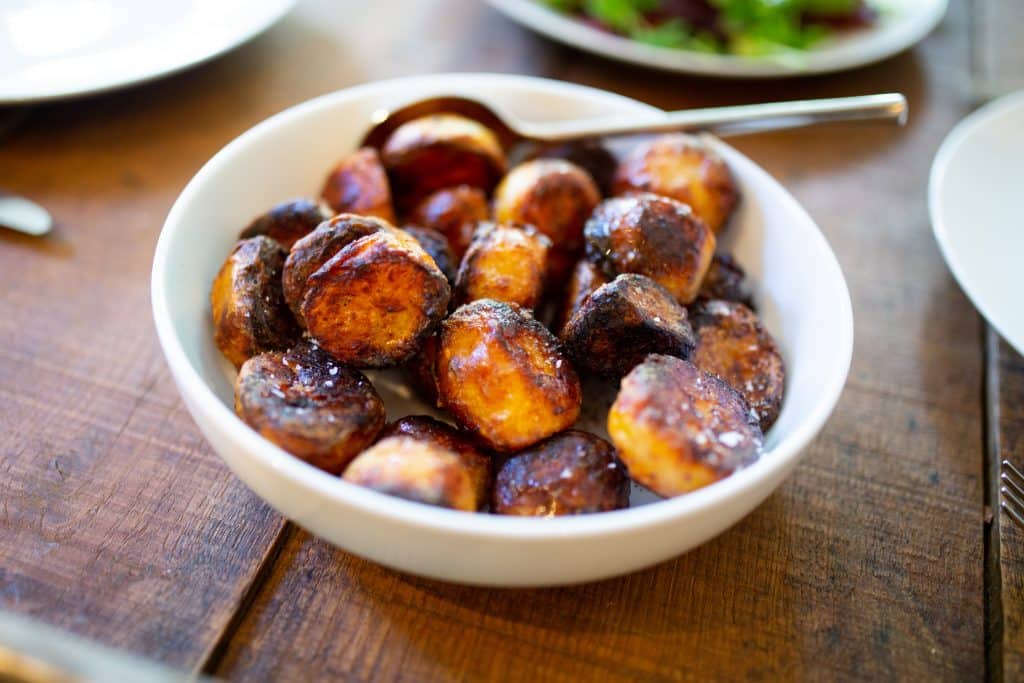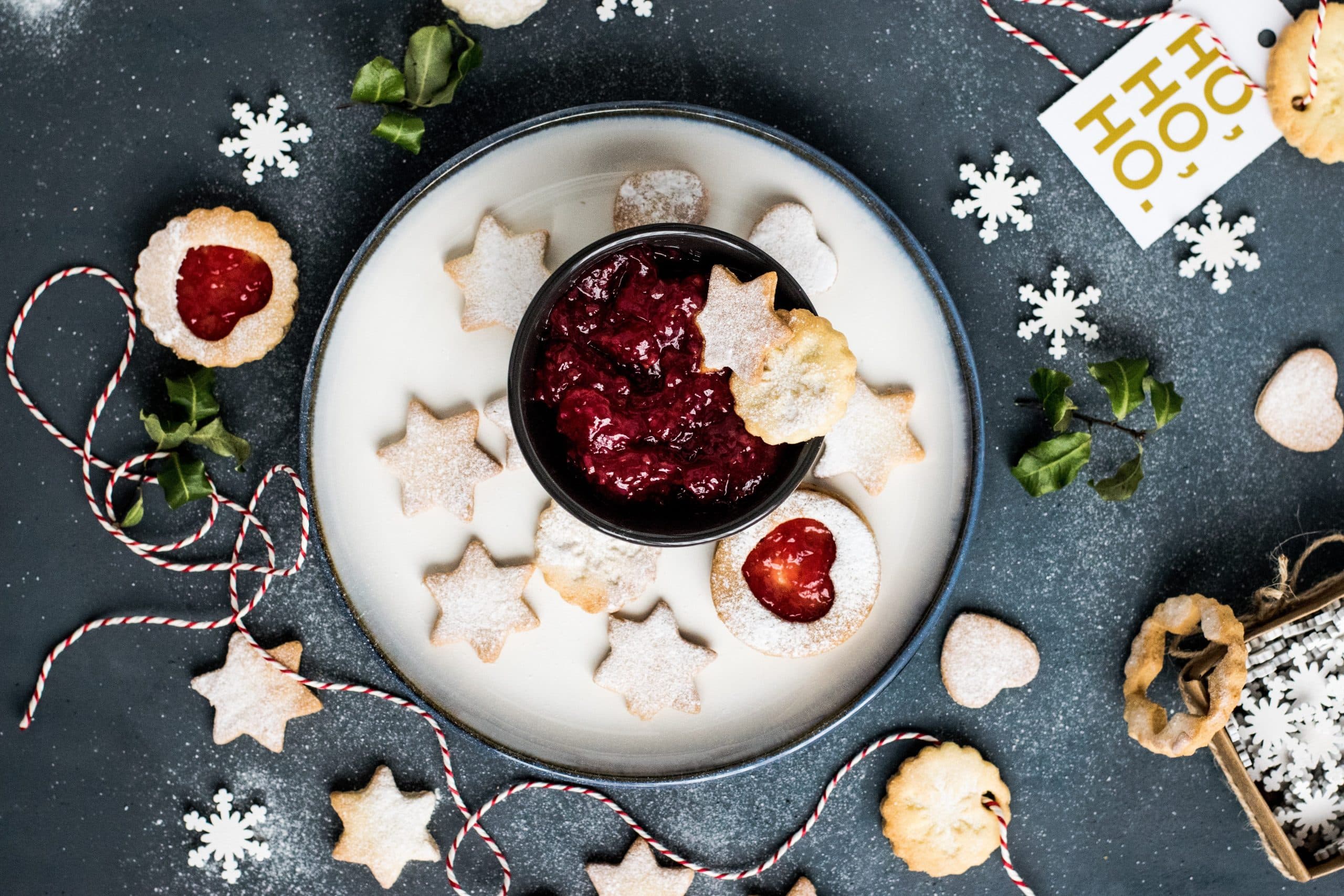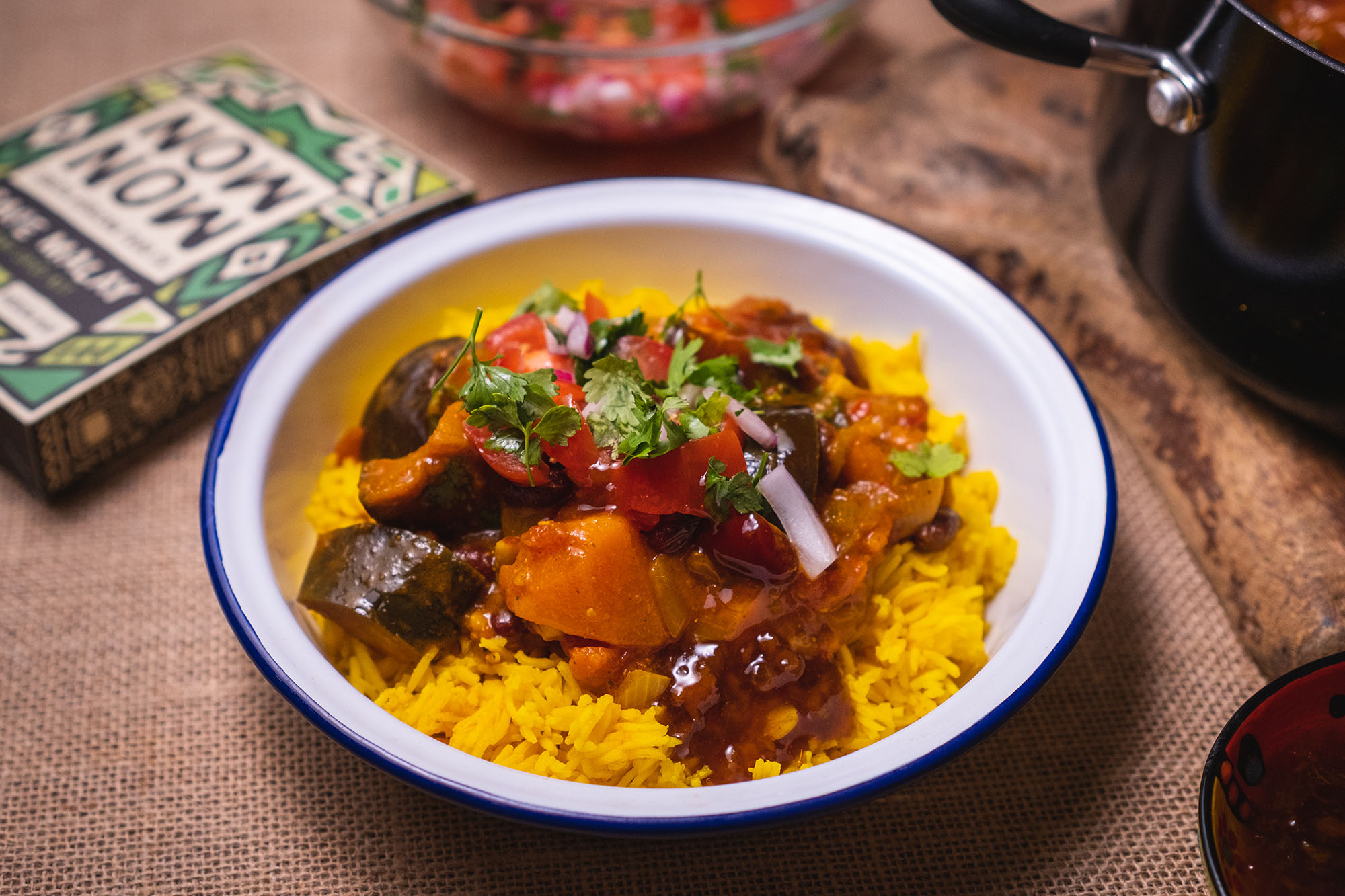Part III
In the first two instalments of this series, we came to understand that people around the world share a calendar of food-orientated events, celebrations, and challenges.
January, February, and May see consumers adopting meat-free challenges with gusto; Easter sees people eating chocolate as if their lives depended on it, and summertime sees BBQs being used to grill everything in sight.
It is vital that businesses looking to target the ever-growing number of consumers eating plant-based products prepare for and engage with these events, celebrations, and challenges. It’s integral to boosting sales, as well as enhancing your company’s reputation, and safeguarding its future.
Part III, the final segment, looks at winter holidays – Thanksgiving and Christmas – and seeks to uncover the strategies your business could implement around these events in order to drive plant-based sales and increase your revenues.
Let’s get to it!
Thanksgiving and Christmas

The winter holidays are the most lucrative time of the year for food-related businesses, with both Thanksgiving and Christmas, which revolve largely around festive feasts, being celebrated by billions of people around the world.
Today, an estimated 97% of Americans celebrate Thanksgiving1 (it is also celebrated in Canada, Liberia, Saint Lucia, and Grenada), and over two-billion people in more than 160 countries consider Christmas to be the most important holiday of the year.2 In the weeks leading up to both celebrations, brands launch staggering numbers of new food products, all vying for the biggest space in consumers’ festive baskets. Research shows that people are often willing to spend more money on food around Thanksgiving and Christmas, with the average Italian family budgeting the highest amount in Europe for food at Christmas time, averaging €220 compared to the rest of Europe’s €132.3
So, what do people eat during the winter holidays? Every year, 46-million turkeys are eaten for Thanksgiving.4 Animal meat, whether fish, poultry, or furred, is a large part of Christmas dinners around the world, though the type of the meat varied depending on the country. It is important to highlight the different preferences for the types of meat eaten at Christmas time since this information is vital for tailoring plant-based offerings for flexitarians by country. In the UK, America, South Africa, Spain, France, Canada, and Nigeria, turkey or goose is generally the food of choice, while in Sweden, fish is the main component; in Australia, BBQs with lobster and an array of meats are eaten, and in Finland, they tend to eat baked ham.5

However, as flexitarian, vegetarian, and vegan populations increase globally, we are starting to see more consumers opting for plant-based options at Thanksgiving and Christmas meals – and producers and retailers need to take note. Indeed, in the UK, Tesco’s Annual Christmas Report recently found that a quarter (25%) of British households will be catering for vegan (6%), vegetarian (14%), or plant-based (5%) guests this year. Though, among 18-to-34-year-olds, the number of people catering to these guests has risen from 33% to 37% in the last year.6 Last year, research by The Vegan Society found that one in five Brits incorporated vegan dishes and desserts into their Christmas dinner, with vegan meat alternatives coming out on top as the most popular.7
In the last few years, the variety of plant-based Christmas meats has risen sharply, with big and small brands and retailers around the world launching innovative new offerings. For example, German supermarket Aldi has just announced its new No Turkey Crown made from soya protein, Irish brand Thanks Plants has launched a Festive Roast made from seitan, while Lidl has announced its vegan pork Deluxe Showstopper Garland. Even new players understand the importance of getting involved in the plant-based Christmas scene, with Amazon recently announcing its own No Turkey Joint.
When it comes to buying plant-based festive food and drink items, the top three most important factors cited by consumers are taste, followed by price, and affordability. Importantly, consumers want indulgence and familiarity – something that is similar to the traditional foods they are used to eating at winter feasts. So producers and retailers need to work together to ensure that their plant-based Christmas offerings appeal to consumers’ taste demands, and achieve price parity with animal-based options.
Actions:
- Innovate your plant-based line-ups at Thanksgiving and Christmas to ensure your products stand out from the many other launches during winter.
- Brands and retailers should prepare co-promoted Thanksgiving and Christmas strategies. Both can advance their net-zero targets while supporting changing consumer preferences and nutrition.
- Focus on recreating the traditional, meaty centre-piece experience consumers are used to, with products marketed at affordable prices to ensure adoption.
- Know your target audience and the varying preferences for different countries – keep these in mind when tailoring your plant-based offerings.
Conclusion

Businesses looking to target the ever-growing number of consumers eating plant-based products should take advantage of global food-related events and celebrations that take place throughout the year. Engaging with these events, celebrations, and challenges is integral to boosting sales, as well as enhancing your company’s reputation. For Thanksgiving and Christmas, here are the most important actions to bare in mind:
- Innovate your plant-based line-ups at Thanksgiving and Christmas to ensure your products stand out.
- Brands and retailers should prepare co-promoted Thanksgiving and Christmas strategies.
- Focus on recreating the traditional, meaty centre-piece experience consumers are used to, with products marketed at affordable prices to ensure adoption.
- Know your target audience and the varying preferences for different countries.
Let’s also remind ourselves of everything we learned in Parts I and II:
Veganuary
- Use heavy discounts and new product/menu launches to maximise the impact of consumer open-mindedness and awareness during Veganuary.
- Run Veganuary-themed events, offering special offers and discounts on your plant-based products and dishes in the weeks leading up to, and during, January.
- Focus your product launches on foods that past Veganuary participants have stated they miss the most, like cheese.
- Create a range of easy-to-follow, tasty recipes that use your products and display them on your website and product packaging.
- Use appropriate plant-based labels and icons on products and dishes to make it easy for consumers to identify plant-based options.
- Develop relationships with influencers who can use your product to increase visibility and interest.
- Get in touch with ProVeg International in the months leading up to Veganuary to discuss your product-development and marketing strategies.
Flexitebruary
- Extend Veganuary into February in order to help normalise plant-based foods, and to give more consumers a chance to make their dietary changes habitual.
Easter
- Meet flexitarians’ needs by providing plant-based imitations of the traditional products they’re used to eating.
- Focus on indulgence by promoting great taste and texture in your marketing and merchandising.
- Brands and retailers should partner to offer affordable plant-based Easter eggs.
No Meat May
- Increase launches of healthy plant-based products during May, and focus your marketing efforts on the health benefits of a plant-based diet.
- Offer support to No Meat May participants by posting easy, tasty plant-based recipes on your websites and social-media platforms during the month of May.
- Set up plant-based tasting counters in retail stores so that potential customers can ‘try before they buy’.
Meat-Free Weeks
- Take note of meat-free weeks around the world where your products are sold, and increase plant-based product launches, promotions, and marketing during these weeks.
- Partner with ProVeg for advice and international exposure for your plant-based promotions.
BBQ season
- Carry out continued product development and investment into new ingredients to achieve the ‘meatiest’ plant-meat products possible and drive purchases.
- Integrate placement of animal-based meats with plant-based meats to normalise meat-free BBQ foods and appeal to convenience-seeking consumers.
Collaborate with ProVeg before and during peak barbequing seasons to learn how to optimise their plant-meat offerings and drive sales.
To maximise your plant-based sales year-round, make sure to check out Parts I and II of this series.
If you’re keen to learn how to attract more customers and instigate a greater number of plant-based purchases, ProVeg can help. Get in touch to talk over and develop your plant-based strategy by emailing us at [email protected].
References
- 2022 Thanksgiving Fun Facts, (2022). Wallet Hub. Available at: https://wallethub.com/blog/thanksgiving-facts/28332 . Accessed 2022-11-09.
- 5 Facts about Christmas in America, (2015). Pew Research. Available at: http://www.pewresearch.org/fact-tank/2015/12/21/5-facts-about-christmas-in-america. Accessed 2022-11-08.
- Europe: Christmas food budget by country (2019). Statista. Available at https://www.statista.com/statistics/475503/christmas-food-budget-europe-by-country. Accessed 2022-11-21.
- 7 Unbelievable Facts About Thanksgiving Food Consumption in the US, (2019). Insider. Available at: https://www.insider.com/thanksgiving-facts-food-consumption-americans-turkey-2019-11#around-46-million-turkeys-are-eaten-around-thanksgiving-according-to-the-us-poultry-and-egg-association-thats-around-as-many-turkeys-as-the-entire-population-of-spain-1. Accessed 2022-11-09.
- Traditional Christmas Dinner in 87 Countries, (2022). Finder. Available at: https://www.finder.com/uk/christmas-dinners-around-the-world. Accessed 2022-11-08.
- Tesco Christmas Report 2022, (2022). Tesco. Available at: http://tescochristmasreport.com/TescoChristmasReport2022.pdf. Accessed 2022-11-09.
- 1 in 5 Brits will enjoy vegan dishes as part of their Christmas dinner this year, (2021). The Vegan Society. Available at: https://www.vegansociety.com/news/news/1-5-brits-will-enjoy-vegan-dishes-part-their-christmas-dinner-year. Accessed 2022-10-31.



